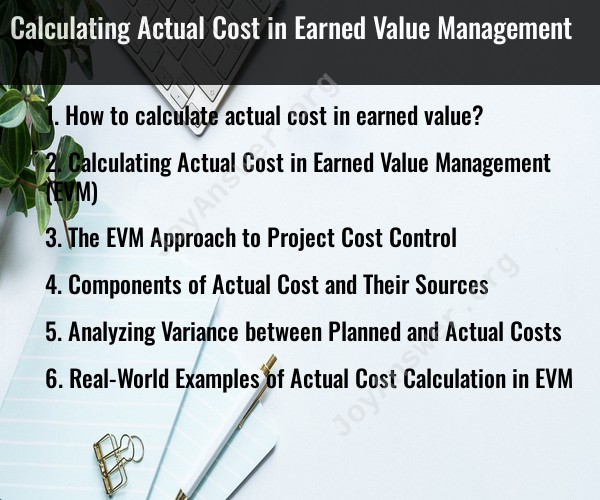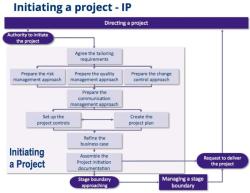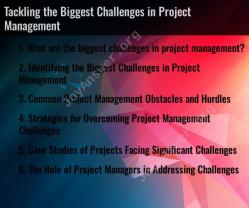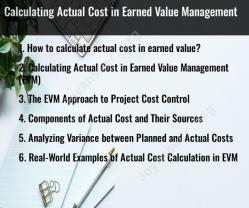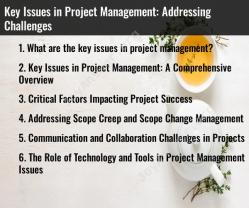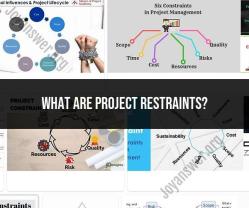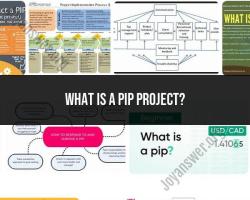How to calculate actual cost in earned value?
In Earned Value Management (EVM), the actual cost (AC) represents the actual expenses incurred up to a specific point in a project. Calculating the actual cost is crucial for assessing a project's financial performance and comparing it to the planned budget. To calculate the actual cost, follow these steps:
Identify the Period of Interest:
- Determine the specific time frame or period for which you want to calculate the actual cost. This could be the current month, a quarter, or any other relevant interval.
Gather Expense Information:
- Collect data on all project-related expenses that have been incurred during the period of interest. These expenses may include labor costs, materials, subcontractor payments, equipment costs, travel expenses, and any other direct project-related expenditures.
Sum the Expenses:
- Add up all the expenses you gathered for the specified period. This sum represents the actual costs incurred during that time.
Consider Indirect Costs (Overhead):
- EVM typically focuses on direct project costs. However, if your project includes indirect costs or overhead, you should also include those expenses in the calculation. Indirect costs are not directly tied to a specific project but still contribute to the project's overall cost.
Calculate the Actual Cost (AC):
The formula for calculating the actual cost (AC) is straightforward:AC = Total Direct Expenses + Indirect Costs
The "Total Direct Expenses" should include all direct project costs incurred during the period of interest.
Record the Actual Cost:
- Document the calculated actual cost for the chosen period. This information is essential for tracking the financial performance of the project.
It's worth noting that in Earned Value Management, the actual cost (AC) is a key component used in various performance metrics, such as Cost Performance Index (CPI) and Cost Variance (CV). By comparing the actual cost to the planned cost (Budgeted Cost of Work Performed, BCWP) and the earned value (Budgeted Cost of Work Scheduled, BCWS), you can assess the project's cost efficiency and predict whether it is likely to stay within budget.
Sure, here is a detailed explanation of the five topics you mentioned:
Calculating Actual Cost in Earned Value Management (EVM)
Actual Cost (AC) is a critical component of Earned Value Management (EVM), a project management methodology that measures and evaluates project performance. It represents the total cost incurred to complete a project up to a specific point in time. Calculating AC accurately is essential for assessing project cost performance and identifying areas for improvement.
The formula for calculating AC is:
AC = Σ(Actual Cost for Completed Work + Actual Cost for Work in Progress)
This formula encompasses both the costs associated with completed work and the costs incurred for work still in progress.
The EVM Approach to Project Cost Control
EVM utilizes AC to track and control project costs. By comparing AC to Planned Value (PV), the budgeted cost for completed work, project managers can identify cost variances and take corrective actions if necessary.
Cost variance (CV) is calculated as:
CV = EV - AC
A positive CV indicates that the project is under budget, while a negative CV indicates that the project is over budget.
Components of Actual Cost and Their Sources
AC encompasses various components, including:
Labor costs: Salaries and wages paid to employees working on the project.
Material costs: Expenses incurred for purchasing materials and supplies.
Overhead costs: Indirect expenses related to running the project, such as rent, utilities, and administrative costs.
Sources of AC data include:
Payroll records: For labor costs.
Vendor invoices: For material costs.
Accounting systems: For overhead costs.
Analyzing Variance between Planned and Actual Costs
Analyzing the variance between PV and AC provides valuable insights into project cost performance. A positive CV indicates that the project is being executed more efficiently than planned, while a negative CV suggests areas for cost improvement.
Project managers should investigate the root causes of cost variances and implement corrective actions to address any underlying issues.
Real-World Examples of Actual Cost Calculation in EVM
Consider a construction project with a planned budget of $100,000 for the foundation phase. After completing 50% of the foundation work, the project has incurred actual costs of $45,000.
Planned Value (PV) for 50% of the foundation work would be $50,000 (half of the total planned budget).
Calculating the cost variance (CV):
CV = PV - AC
CV = $50,000 - $45,000
CV = $5,000
In this example, the positive CV of $5,000 indicates that the project is under budget for the foundation phase.
By continuously monitoring and analyzing AC, project managers can effectively control project costs and ensure project success.
